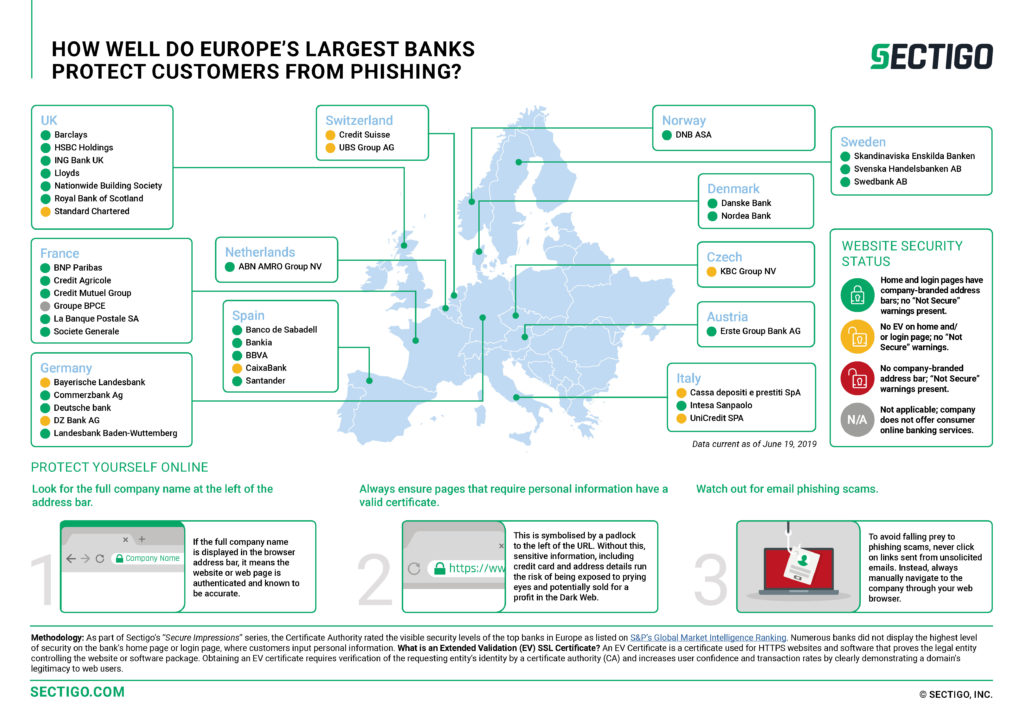Statistics and surveys from press releases on ResponseSource in June

We know surveys and statistics don’t (usually) make a story, but they can be a starting point or useful for sidebars and boxouts. The PR industry increasingly relies on data both to inspire and to construct stories, and around 1 in 5 of the stories distributed on the Press Release Wire last month contained survey or poll results. Evaluating data and determining its reliability and validity is still a job for the journalist but even a snippet of data can inspire a story idea – with that in mind here are few of the highlights from the Press Release Wire in June.
Business and the economy
- Executive educator Hult Ashridge found that one in five junior employees believe they might be blamed rather than thanked if they told bosses about a risk in their business. Those with good ideas to share aren’t much more confident – 73% of employees surveyed believed their suggestions could benefit their employers but only around half had formally shared them: http://pressreleases.responsesource.com/news/97898/why-employees-are-keeping-silent-about-dark-secrets-and-wonderful
- Business registrations of new cars are down 39.8% on last year, says What Car? Target Price: http://pressreleases.responsesource.com/news/97865/new-car-discounts-reach-million-as-dealers-look-to-attract
- In the sign and graphics industry 53% of decision makers have seen increased customer numbers during the past 12 months and 31% said they were stable, while 46% had seen profits increase in the same period, according to the industry trade association BSGA: http://pressreleases.responsesource.com/news/97923/optimism-high-in-uk-sign-and-graphics-industry-according-to
- The Association of Professional Staffing Companies (APSCo) analysed Office for National Statistics figures and concludes that the gender pay gap has halved in 20 years, from 19% in 1999 to 9.6% this year. It does warn that a third of individual companies are still at an outdated 17.9%: http://pressreleases.responsesource.com/news/97965/gender-pay-gap-has-halved-in-the-last-20-years
- 61% of UK shoppers surveyed by KIS Finance fear the traditional high street is doomed. Cities in the North and Scotland have seen the most closures so far, but there’s little consensus on what would reverse the trend – 41% say more staff in store would help but 26% say they want self-service checkouts to avoid queues. More details on http://pressreleases.responsesource.com/news/97859/as-high-street-footfall-plunges-of-brits-fear-high-street

Technology
- If you’re looking to increase employee productivity, Hire Intelligence says nearly half your office workers think you need to spend more on office technology, and only 43% think their computers are fit for purpose. More stats on http://pressreleases.responsesource.com/news/97922/survey-reveals-what-office-technology-workers-want-and-how-it
- 25% of European banks don’t have the recommended anti-phishing precaution of Extended Validation (EV) SSL certificates according to research by supplier Sectigo http://pressreleases.responsesource.com/news/97959/a-quarter-of-europe-s-largest-banks-do-not-use
- EfficientIP found that there’s been a 34% rise in DNS attacks in the last year, with the average organisation facing 9 attempts: http://pressreleases.responsesource.com/news/97900/average-dns-attack-cost-rises-49-to-1-070-000
- Telecomspricing’s new Mobile Payment Services report predicts that mobile payments will increase by 272% over the three years from 2019 to 2022: http://pressreleases.responsesource.com/news/97876/telecomspricing-s-new-report-forecasts-global-usage-of-mobile-payments-is
- Infosecurity Europe’s daily visitor poll showed that 87% of infosecurity professionals fear the UK lacks the cybersecurity professionals it needs and 70% “expect an attack on the UK’s critical national infrastructure this year”: click here for more
Health
After all that technological gloom maybe it’s not such a surprise 42% of workers have been to work either hungover or intoxicated, according to testers AlcoDigital. The worst affected industries are apparently hospitality/leisure, retail and construction. If you expected media to make the shortlist of most inebriated industries, the explanation might lie in the theory that the more you earn, the more likely you are to misbehave…29% of people on under £10k a year had turned up still suffering the after-effects of being as tired or emotional as a newt. The figure rose to 55% for people on £60k or more. We at ResponseSource are very happy to test the latter hypothesis, if anyone wants to fund this highly scientific research…meanwhile, get the full story on: https://pressreleases.responsesource.com/news/97958/drunk-at-work-the-cost-to-the-uk-economy-and/
Other surveys from the health sector:
- A third of UK adults hide their diet or healthy eating habits because they’re afraid of what others think, according to Cambridge Weight Plan: http://pressreleases.responsesource.com/news/97854/undercover-shake-shack-challenges-diet-taboos-revealed-in-new-research
- One in five (20%) women who have treatment for cervical cell changes told Jo’s Cervical Cancer Trust that the possible impacts of treatment were not explained to them. However, the Trust also underlines that treatment has a 90% success rate, and only 4% of patients regret having treatment. The figures are from the report ‘Not so simple. The impact of cervical cell changes and treatment’ released to mark Cervical Screening Awareness Week in June: http://pressreleases.responsesource.com/news/97847/women-not-warned-about-side-effects-of-treatment-for-cervical
- Breast Cancer Haven says men in the UK have a 1 in 870 lifetime chance of getting breast cancer. 390 men are diagnosed with breast cancer each year (the figure for women is 54,800): http://pressreleases.responsesource.com/news/97819/men-get-breast-cancer-too
And finally…

According to K9 Magazine and pet camera company Furbo, four times as many people say their dog makes them happy each day than say the same thing about friends. All that emotional pressure may be getting to our furry friends, though – 46% of dog owners believe their dog has suffered from depression, anxiety or phobias…
http://pressreleases.responsesource.com/news/97944/of-owners-believe-their-dogs-have-mental-health-problems-but
How do you decide if a data story really is the expert insight you want to share with your readers? Our tips:
– Before using any data quoted, determine the author of the report and interrogate their methodology. Is the sample representative of a population? Is the sample size significant? Typically, any UK sample has to be above 2,000 to be nationally representative. For more details see: https://saylordotorg.github.io/text_mastering-public-relations/s09-public-relations-research-the-.html
– If using data to make further calculations, check this handy MP guide https://researchbriefings.parliament.uk/ResearchBriefing/Summary/SN04944#fullreport
– You can ask the Journalist Enquiry Service community for expert comment from business, finance, technology, health and any other sector: https://responsesource.com/send
Find the originals of these stories and lots more on the ResponseSource Press Release Wire.
